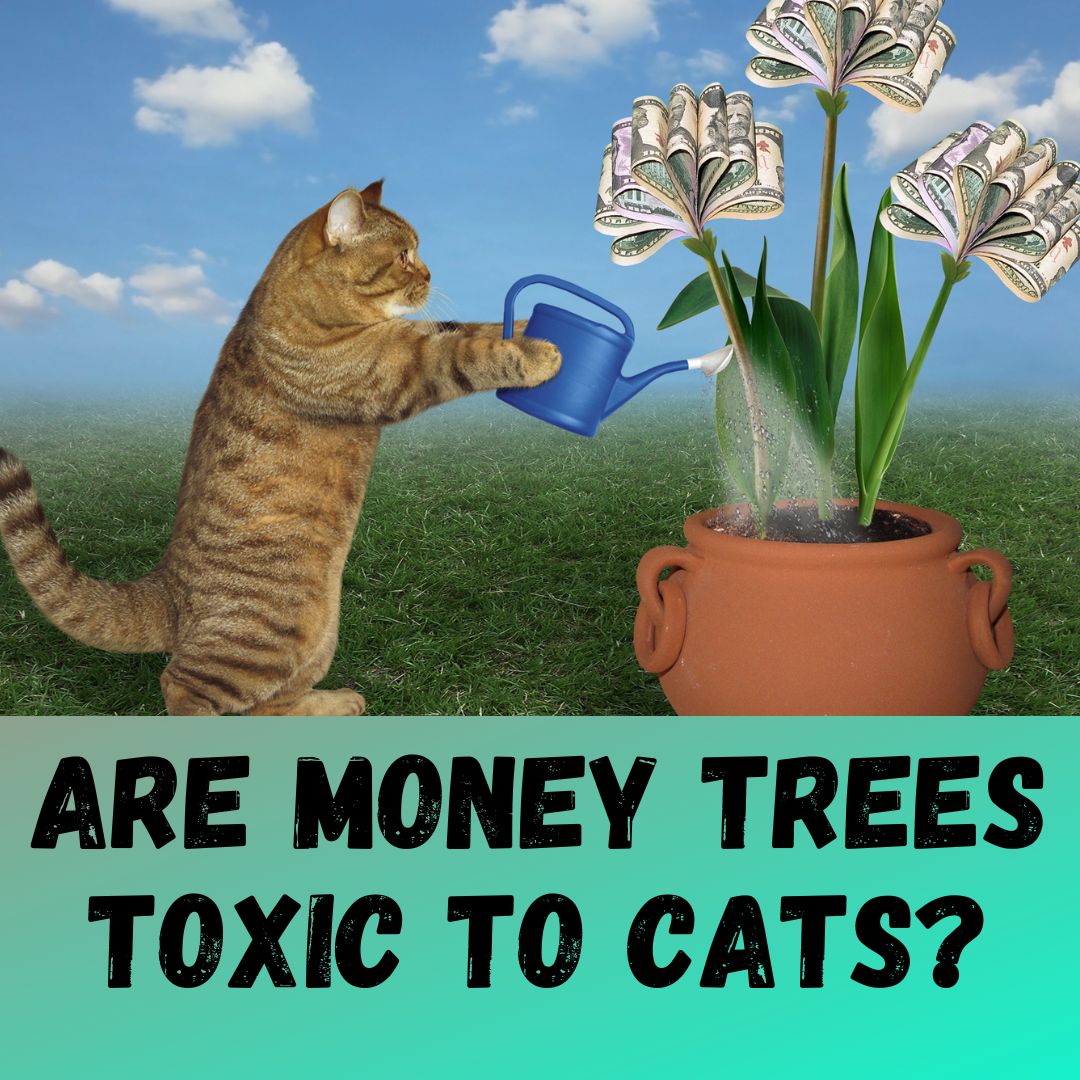Cats are curious creatures known for their tendency to explore their surroundings, which often includes investigating plants. As responsible pet owners, it is essential to be aware of the potential toxicity of common household plants to ensure the safety and well-being of our feline companions. One such plant that frequently graces homes and offices is the Money Tree, scientifically known as Pachira aquatica. In this article, we will delve into the topic of whether Money Trees are toxic to cats, providing insights into their safety and precautions to consider.
Post Contents
Understanding Money Trees (Pachira aquatica):
Money Trees, native to Central and South America, are popular houseplants valued for their attractive appearance and symbolism of good luck and prosperity. These trees feature a braided trunk and glossy, palmate leaves that add a touch of greenery to any indoor space. Despite their common name, they are not actual trees but rather small shrubs that can be cultivated indoors.
Toxicity of Money Trees to Cats:
Fortunately, Money Trees are generally considered non-toxic to cats. The American Society for the Prevention of Cruelty to Animals (ASPCA) lists Pachira aquatica as a non-toxic plant for both cats and dogs. This classification implies that these plants do not contain any substances known to be highly toxic or harmful to feline companions.
Safety Factors to Consider:
While Money Trees are considered safe for cats, it’s important to note that individual sensitivities and allergies can vary. Some cats may have unique reactions to certain plants, even if they are generally non-toxic. Therefore, careful observation is still necessary to ensure your cat’s well-being.
Potential Mild Gastrointestinal Upset:
Although Money Trees are not typically toxic, it’s worth mentioning that the ingestion of any plant material in large quantities can lead to mild gastrointestinal upset in cats. This can manifest as symptoms like vomiting, diarrhea, or decreased appetite. In such cases, it is advisable to monitor your cat’s behavior and consult with a veterinarian if symptoms persist or worsen.
Prevention Measures:
To prevent any potential issues, it is recommended to take the following precautions:
a. Place Money Trees in areas that are less accessible to cats. Elevated shelves or hanging baskets can help keep the plant out of reach.
b. If you notice your cat showing a particular interest in the Money Tree, consider using deterrents such as citrus-scented sprays or natural pet-safe repellents to discourage them from approaching the plant.
c. Provide alternative forms of stimulation and play for your cat to divert their attention from the plants. Engage them in interactive play sessions or provide them with toys and scratching posts.
Cat-Safe Alternatives:
If you remain concerned about the safety of Money Trees or prefer to err on the side of caution, several cat-friendly plants can serve as alternatives. Some examples include:
a. Spider Plant (Chlorophytum comosum): Known for its air-purifying properties, the Spider Plant is non-toxic to cats.
b. Boston Fern (Nephrolepis exaltata): This lush and green fern is safe for cats and adds a touch of elegance to indoor spaces.
c. Areca Palm (Dypsis lutescens): The Areca Palm is a non-toxic plant that can create a tropical ambiance while being safe for your feline friend.
Conclusion:
Money Trees (Pachira aquatica) are generally considered non-toxic to cats, providing a safe option for plant enthusiasts who share their homes with feline companions. While they are unlikely to cause severe toxicity, it is important to monitor your cat’s behavior and consult with a veterinarian if any unusual symptoms occur.
As responsible pet owners, it is crucial to create a pet-friendly environment by considering the individual needs and potential sensitivities of our furry friends. By taking appropriate precautions and providing cat-safe alternatives, we can ensure a harmonious coexistence between our beloved pets and the plant life within our homes.

94% of pet owners say their animal pal makes them smile more than once a day. In 2007, I realized that I was made for saving Animals. My father is a Vet, and I think every pet deserves one. I started this blog, “InPetCare”, in 2019 with my father to enlighten a wider audience.
